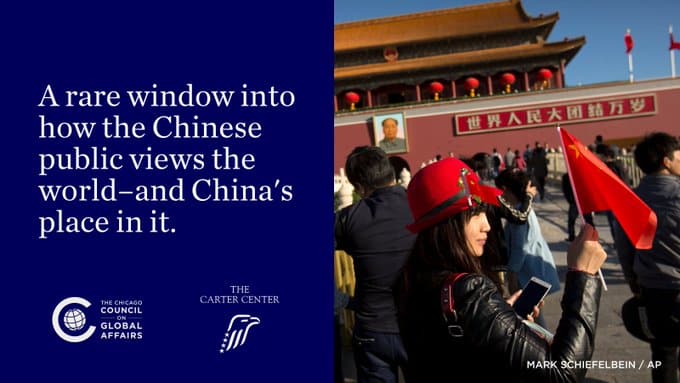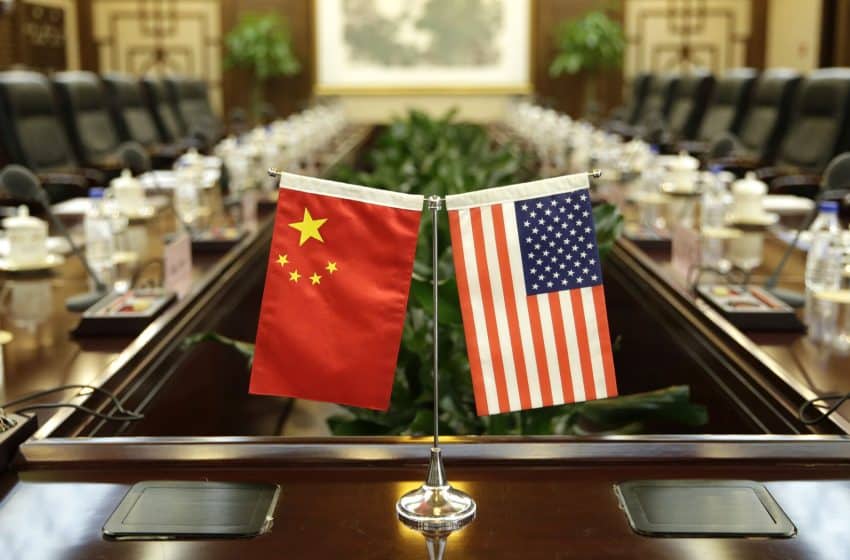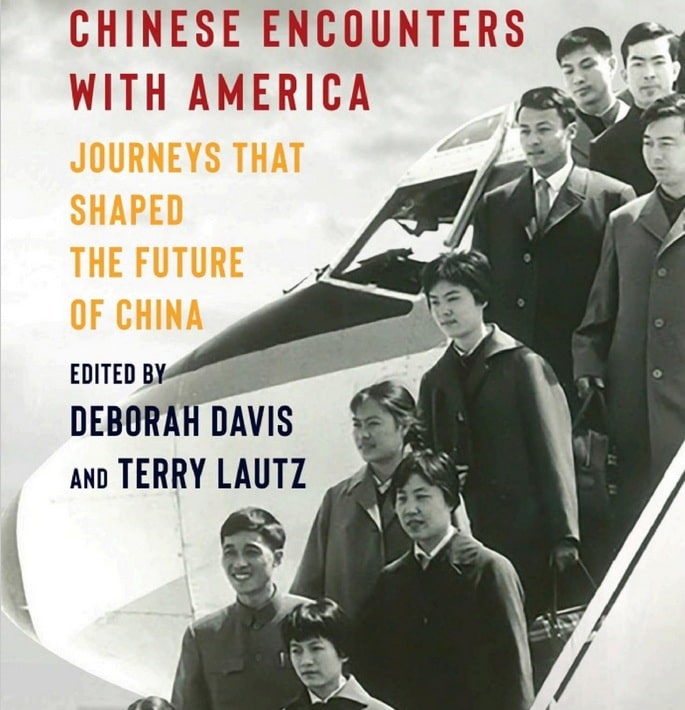“One China” Policy: Its Past and Future
Taiwan: a country with which the US recognises no legal official representative nor maintains diplomatic relations. The relationship was rocked recently when President Trump accepted a phone call from Taiwanese leader Tsai Ing-wen and then made the explosive claim that the US should not be bound by the One China Policy without receiving concessions from China in return, thereby threatening the working basis of the relationship between US, China, and Taiwan. To China’s and many others’ relief, he later reaffirmed his administration’s support for the policy. In spite of these developments, US commitments and connections to Taiwan remain manifold. Officially unofficial, US relationships with the island span cultural, economic, and political ties, and it is within this contradiction that the contested One China Policy rests.
On April 12th, 2017, the Georgia Institute of Technology (GIT) hosted a workshop exploring the past and future of the One China Policy. Joining the discussion was Jay Taylor and Steven Goldstein from the Fairbank Center for Chinese Studies, Harvard University, and John Garver, Professor Emeritus at GIT’s Sam Nunn School. Dalton Lin, also of GIT’s Sam Nunn School, served as moderator. As prefaced by Dr. Goldstein, so complicated and nuanced is US engagement in Cross-Strait relations that differing perspectives and opinions inevitably arise, a fact on display during the workshop.
Jay Taylor elaborated on the origins of the One China Policy. Officially, the Mainland and Taiwan have been experiencing a 55-year ceasefire, throughout which the sovereignty of Taiwan has never been settled. Recently, Cross-Strait relations have warmed under Taiwan’s Ma Ying-jeou administration (2008-2016), yet these have cooled since the election of the Democratic Progressive Party’s (DPP) Tsai Ing-wen. Nonetheless, Tsai has tacitly continued with her predecessor Ma’s stance on Cross-Strait relations, thus making it more difficult for the DPP to advocate for Taiwan independence. Here, Taylor recommends that she should signal to the PRC that she endorses the status quo, but also highlight that she is both Chinese and Taiwanese.
Following the resumption of the Chinese civil war in 1949, the US was initially resigned to allowing Taiwan to reintegrate with Mainland China, yet this changed with the onset of the Korean War in June 1950. Following this, there was no official relationship between the US and China until the agreement of the 1972 Shanghai Communique, which though did not clarify the sovereign status of Taiwan, did clarify the position of both the US and the People’s Republic of China (PRC) on this issue and their relationship in general. In doing so, the US and PRC détente initiated a substantial shift in regional geopolitics as both countries perceived a common threat in the Soviet Union. A gradual warming of relations between the Mainland and Taiwan followed, culminating in the 1992 consensus, in which the two sides agreed that there was only one China, but did not specify what this meant.

In his concluding remarks, Taylor mentions that he is not confident that the US would uphold its commitments to defend Taiwan should there be a war, citing the US public’s fatigue with war. Personally, he can envisage Taiwan as an independent state, but that it is only possible in some undetermined future.
In contrast to Taylor’s remarks, Steven Goldstein suggested that the US would uphold its defence commitments to Taiwan, as a failure to do so would negatively impact US’s relations with other states in Asia. Goldstein sought to clarify the distinction between America’s One China Policy and PRC’s One China Principle, stressing that although there is rhetorical consensus on a “One China” Policy, this consensus in fact masks a more volatile and unstable relationship.
PRC’s One China Principle is based on historical texts, including treaties brokered with Japan that identified the island of Taiwan as under PRC sovereignty. The current separation is thus due to the interference of the US in Chinese domestic affairs. In addition, under the 2005 anti-secession law, the PRC reserves the right to use force to resolve the division should Taiwan move towards independence or if all other solutions are exhausted – both ambiguously-worded conditions. Under this status quo between de facto and de jure independence, the PRC stipulates that international states cannot have official relations with both the PRC and Taiwan, nor can Taiwan be admitted as a member of international organisations that require statehood as a condition of acceptance.

Goldstein continues, describing the US conception of the One China Policy. The basis of US-China relations eventually would rest on three communiques that referred to the status of Taiwan: the 1972 Shanghai Communique of 1972, the 1979 communique establishing diplomatic relations between the PRC and the US and ending US diplomatic recognition of Taiwan, and the 1982 communique on US arms sales to Taiwan. These communiques satisfied PRC requirements for establishing diplomatic relations, including ending diplomatic relations with the Republic of China (ROC), that the PRC is recognised as the sole legal representative of China, and that the US withdraw all its forces from the island of Taiwan and terminate its Taiwan defence treaty. Despite acquiescing to these conditions, US relations with Taiwan would continue due to the legislation of the Taiwan Relations Act of 1979, which though not strictly a defence treaty, mandates amongst other things continued arms sales to Taiwan.
Summarising, Goldstein states that the US Policy and Chinese Principle agree that the PRC is the sole legal representative of China, and that the ROC is not a sovereign legal entity and therefore cannot be supported in international organisations. The two positions disagree, however, on whether the island of Taiwan is a part of China and, similarly, the status of the government on Taiwan. In recognising the government on Taiwan as a non-entity, the US has been able to maintain ties to the island and speak publicly on Taiwanese issues. Finally, Goldstein stresses that adhering to the One China Policy benefits not only China but also Taiwan, as it is under this status quo that the Taiwanese people have been able to peacefully prosper for so many years. Trying to alter this relationship will only invite instability and a deterioration of the current relationship.
As the third speaker, John Garver offered an international perspective on the One China Policy. He notes that China has expended much economic and diplomatic energy to convince international states to adhere to the One China Policy, citing recent meetings between China and the Philippines, the Maldives and Bangladesh as evidence. With larger states, too, China has sought agreement. In securing Russian support in 1996, the language used to express agreement was much more sophisticated and legalistic as fitting Russia’s greater global influence – it is, for example, a permanent member of the UN Security Council. In securing public support from these and other countries, China is thus more likely to have support should conflict over Taiwan occur.

Two other powerful countries that China has courted are Japan and India. Japan’s position on the One China Policy, according to Garver, is similar to that of the US, in that it acknowledges the Chinese position regarding the concept of One China and the status of Taiwan but does not recognise it – a key distinction in diplomatic language noted by many of the panelists. In contrast, India’s position was historically quite close to China’s. However, more recently there has been reluctance amongst Indian leaders to offer support for China’s territorial claims to Taiwan without reciprocal Chinese support for India’s own territorial claims (some of which concern disputed territory with China) – a Chinese “One India Policy” in exchange for an Indian One China Policy.
In questions following the workshop, panelists noted the deliberate strategic ambiguity in US policy rhetoric on Cross-Strait relations. The US will not specify how it would respond to a Chinese offensive on Taiwan, and although contingency plans are created they struggle to identify how a war would end. Ultimately, strategic ambiguity is preferred over more definite statements, as this avoids falling into the Obama Administration’s red line dilemma. In response to a question over the potential consequences of Indian support for the Chinese position on the One China Policy (and presumably the resumption of any conflict or disagreement over the Taiwan Strait), China would be freer to expand its navy beyond the Western Pacific, potentially impinging on the interests of India and other states.
If nothing else, the GIT workshop served to highlight the nuances and contradictions inherent within the One China Policy such that consensus on how US-Cross-Strait relations will evolve is difficult to achieve, a fact evident between panellists and one they could all agree on.








